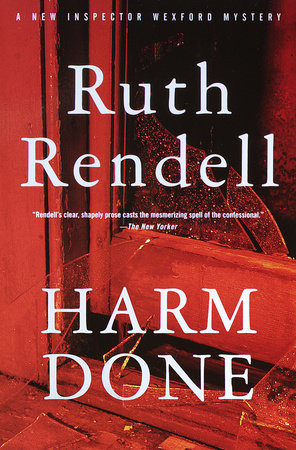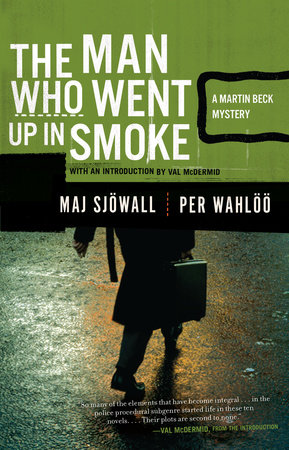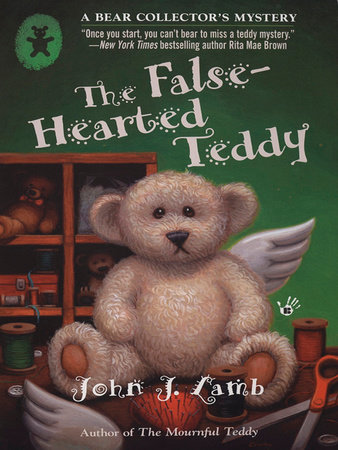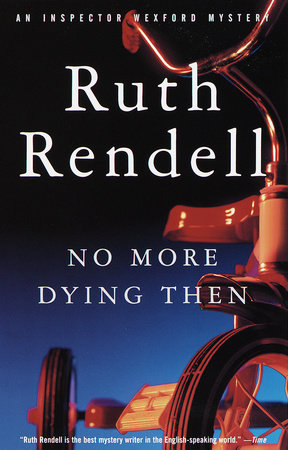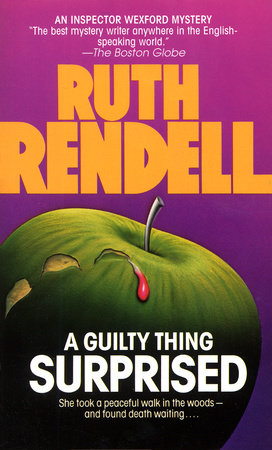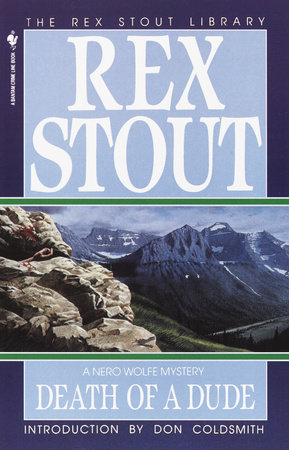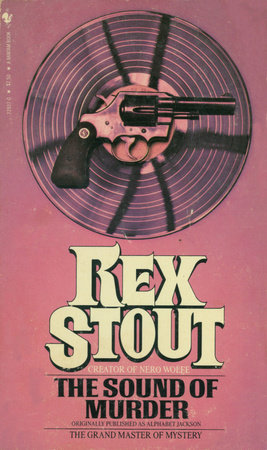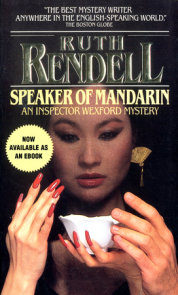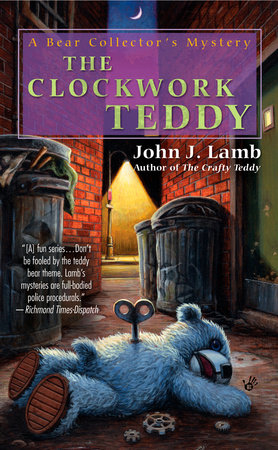Val McDermid on INSPECTOR WEXFORD
Back in the 1970s, I was a trainee hack down in Devon and an avid consumer of crime fiction. I can still remember the jolt of reading Detective Inspector Reg Wexford’s beginnings in From Doon With Death (published in 1964) and being bowled over. It’s one of a handful of crime novels that shaped my own ambitions in the field. The classic Rendell hallmarks were all there right from the beginning—the sense of place, the delicate filleting of the characters’ psyches, the avoidance of the prosaic both in character and in motivation.
Since that first novel, Ruth Rendell has also demonstrated a keen fascination with the collision between society and the individual, particularly where circumstances drive the individual to behaviour that society regards as somehow abnormal. Stable structures have only limited interest; what is gripping is where things start to fall apart, and that is the area where Ruth Rendell excels. Never content with mere description, she illuminates the human condition in a style that is invariably clear and compelling.
Although she started with that most classic of English forms, the police procedural, she transformed it both with her psychological insights and her concern with society. She never descends to polemic, yet the picture she has painted of British society since the mid-Sixties is often far from neutral. It is clear that many things she sees make Ruth Rendell angry or despair, but her responses are always tempered through the filter of her characters; she always shows, never tells. So with Road Rage [a Wexford mystery], the complex issues around the environmental impact of development are explored and confronted, sometimes with a very human ambivalence. I think I know what Ruth Rendell herself believes, but only by my own interpretation of her characters. And I could well be wrong; she has the skill to confound us all.
Her commitment to politics and the creation of a better and more equal society was recognised with her elevation to the House of Lords where she sits as a working peer with the title Baroness Rendell of Babergh. It’s the latest honour in a crown that includes a clutch of daggers (four gold, one silver and the diamond) and the Mystery Writers of America Grandmaster Award.
Few writers can maintain interest in series characters as Ruth Rendell has done with the Wexford novels. Although by her own admission they are no longer her favourite element of her work, the sequence of seventeen novels demonstrates her fascination with psychology and allows her to show over a period of time the effects of events and the attrition of age on her central group of characters. Even this far into a series, she still manages to provide us with fresh insights into Reg Wexford’s personality as he struggles to balance his responsibility for a major investigation with a personal drama that threatens the very foundation of his life.
Perhaps one of the key reasons for the sustained quality of the Wexford novels is Ruth Rendell’s habit of variety. From the very beginning of her career, she made it plain that she would not be pigeonholed into writing one kind of novel only. Rather than follow her first Wexford directly with a second, To Fear A Painted Devil is a non-series novel with its roots in the classic English mystery. However, it blooms into something very different under Rendell’s care, giving us the first real hint of her skills as an anatomist of the human psyche.
As if it wasn’t enough to write a successful series regularly interspersed with non-series novels, in 1986, Ruth Rendell reinvented herself as Barbara Vine, with A Dark-Adapted Eye launching her in a new direction. These novels of psychological suspense have the recurring theme of the long shadows cast by the past. In the Vine novels, the sense of place is even stronger than in the Rendell’s, sometimes assuming as much importance as the characters themselves.
This variety of outlets for her talent means Ruth Rendell reduces the likelihood of becoming bored with her Kingsmarkham characters, bringing fresh interest to each Wexford chronicle. It also means she is never frustrated by the very real constraints that series writing imposes. When her imagination presents her with a story that clearly can’t be forced into the Wexford mould, she already has the means at hand to maximise its potential in another form.
This has allowed her to grow and develop as a writer in order to meet the fresh challenges she sets herself. Patricia Highsmith is often cited as the mother of the psychological suspense novel. But for my money, Ruth Rendell’s influence has been far greater. Highsmith’s novels are quintessentially European, whereas Ruth Rendell has created a sub-genre that speaks more resonantly to Brits and Americans. As usual, she has paved the way for a bandwagonload of followers.
Ruth Rendell is, I believe, unique among British crime writers. No-one can equal her range or her accomplishment; no-one has earned more respect from her fellow practitioners. The broad church that is current British crime writing owes much to a writer who has over her thirty-four year career consistently demonstrated that the genre can continually reinvent itself, moving in new directions, assuming new concerns and exploring new ways of telling stories. As if that wasn’t enough, stories of her kindness towards and support of other writers are legion.
As writers, we’re lucky to have her to inspire us. As readers, we’re even luckier to have her books.
–Val McDermid, author of A Place of Execution
